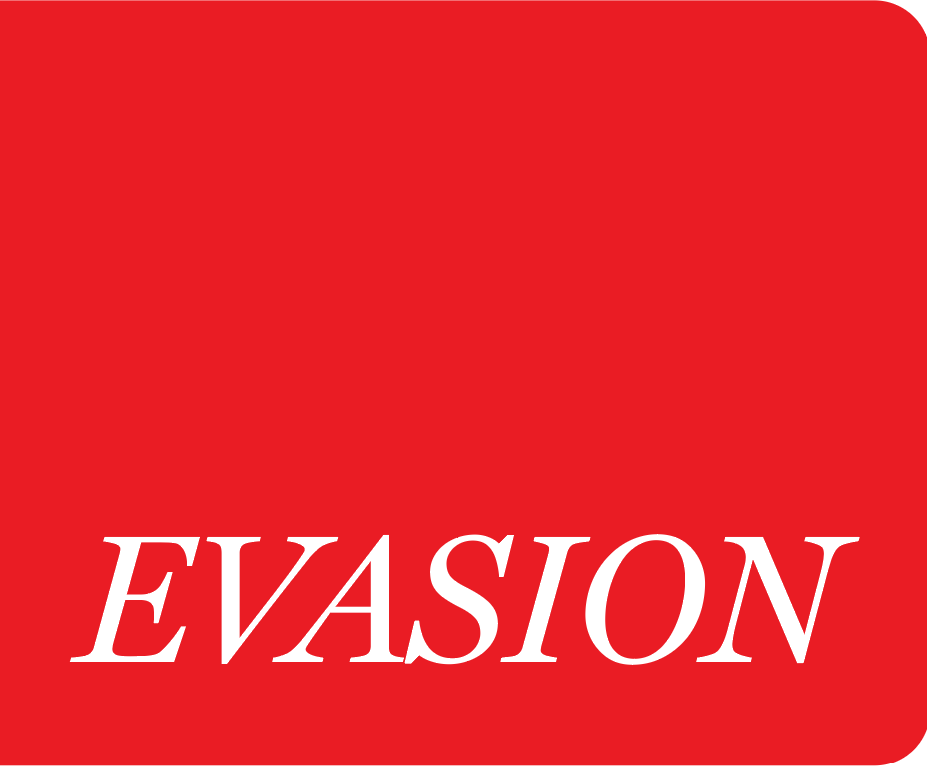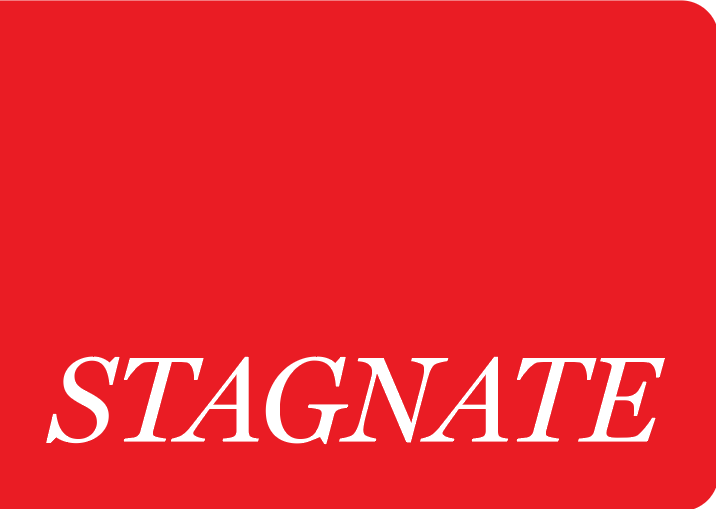To enable teamwide high performance, leaders need to scale three huge roadblocks to establish a thriving mentality.


Many won’t think twice about shooting down the opinions of others. They may even take things further by labelling others to their face, or behind their backs. This occurs when trust is absent. The team environment is poisonous when people do not trust that others are doing their best. This is manifested in unwarranted criticism that holds others back from contributing to performance.


People are demonstrably less patient now than before. Moreso when confronted with their wrongdoing, mistakes, or problems. Chief among the causes is the lack of accountability and refuse to take responsibility for their actions.


It could be people lacking commitment to complete work. In others, teams lose focus on the common objectives and cannot deliver on time. For individuals, they withdraw from interaction and disengaged themselves from the team.
To mitigate the effects, leaders must rally the team by establishing unity and providing clarity. Leaders create unity by taking the effort to instil common values for pursuing a common vision. They do so through strategies that drive a fulfilling mission. This makes everyone feel involved in activities that adds tremendous value to the individual, team, organization, community, and the world.
Unity is but one side of the coin. The other side is clarity. People who are united but do not know what to do to get to where they want to be are wandering aimlessly. By having clarity of roles and responsibilities, they understand how their contributions support achieving the desired outcomes.
Clary was flummoxed. She felt she deserved better than to be assigned to lead a department that others perceive to be the dumpster for the organization. “It’s the department where people who are seen as misfits are sent to, because firing staff is expensive,” she said. She felt she could contribute better to a more strategic area, but the CEO felt otherwise.
Her instincts that team members were not united and lack clear direction were confirmed in her first meeting with the managers. Some of them complained loud and long about how the organization treated them. Others appeared disinterested. “They seem to be happy just collecting a salary without contributing,” she said.
Knowing that massive action should be taken before her reputation as a competent leader took a hit, Clary got down to business. She singled the fear of failure as a major factor since decisions were continually put off. She empowered her managers to make and execute decisions so projects could progress. She also cultivated an air that the buck stops with her. Knowing their boss had their back gave the managers the courage to move things forward.
“I also started weekly meetings where instead of fault-finding and finger-pointing, we focused on the issues to solve,” she said. This allowed people to feel safe in bringing up matters requiring action. Before Clary took over, previous meetings would devolve into an acrimonious blame game where blame was assigned but no solutions were brought up. Clary also created a sense of clarity by clearly laying out expectations for every team member. Everyone needed to contribute to the success of the organization.
“For example, some of the customer-facing people were seen to be uninterested in providing good customer service. We stressed that they would be the first people customers would see when entering the building,” she said. Clary added front-facing personnel should make those coming in feel as comfortable as possible. She said this message was continuously shared to reinforce the value of making people feel happy when engaging their services. “If the first thing customers see is a sad face that saps their energy, why would they want to spend money on use?” Clary said.
In addressing those feeling disengaged, Clary engaged the services of mental wellness experts to conduct classes on mental wellbeing. These experts supported the department to create a manual of mental wellbeing techniques so team members could continue practising them. “The manual is available to everyone in the organization, not just those from my department. I want people to benefit from the knowledge,” she said.
In identifying and implementing different solutions to issues, Clary displayed agility. This mental flexibility allowed her the freedom to remain open for answers. She also did her best to cultivate an agile approach for problem-solving in her team. Giving them the allowance to learn from missteps and apply best practices and success allowed for continuous learning for improvements.
Clary permitted team members to freely seek out subject matter experts for mentoring or consultation to nurture a culture of flexible learning. If a team member was not proficient in a skill, that team member was empowered to seek help from other departments, or even outside the organization. To take it a step further, Clary used some of the team budget to pay for mentoring or consultations for knowledge and skills was critical for success.
In addition, Clary took the initiative to engage an external coach specializing in team coaching. Through group coaching conversations, the coach facilitated the development of a team charter. The team charter clearly spells out expectations, habits, and behaviours on how team members conduct themselves. This document keeps all accountable for fostering team spirit and unity.
A core-rule the team agreed to abide on was to speak to each other respectfully without raising their voices. Those who violated the rule were to follow a pre-agreed upon apology. The apology was also included in the team charter. Rule-breakers need to issue a formal apology on the spot when the behaviour was pointed out, and to treat the team to snacks for afternoon tea the same day to show there was no hard feelings. This allows team members to be accountable to one another, and to learn from mistakes.
To secure better clarity, Clary and the team agreed to take the high-performance teams assessment on a quarterly basis. This let them keep track of progress and reflect on what can be improved. When team members are aware of the strengths the team, individuals can synergize and leverage on each other’s strengths to execute the tactics and strategies effectively. The team coach was also roped in to aid the design of a matrix scorecard so everyone could be on the same page in terms of goal progress and accomplishment.
The transformation was slow and tough as people resisted getting out of their comfort zone. Yet, Clary’s persistence to stay on point and to continuously reinforce the message won the day. From a department that was seen as underperforming, the highly motivated and engaged team, managed to meet their targets, and even outperform some of their KPIs in just over a year.